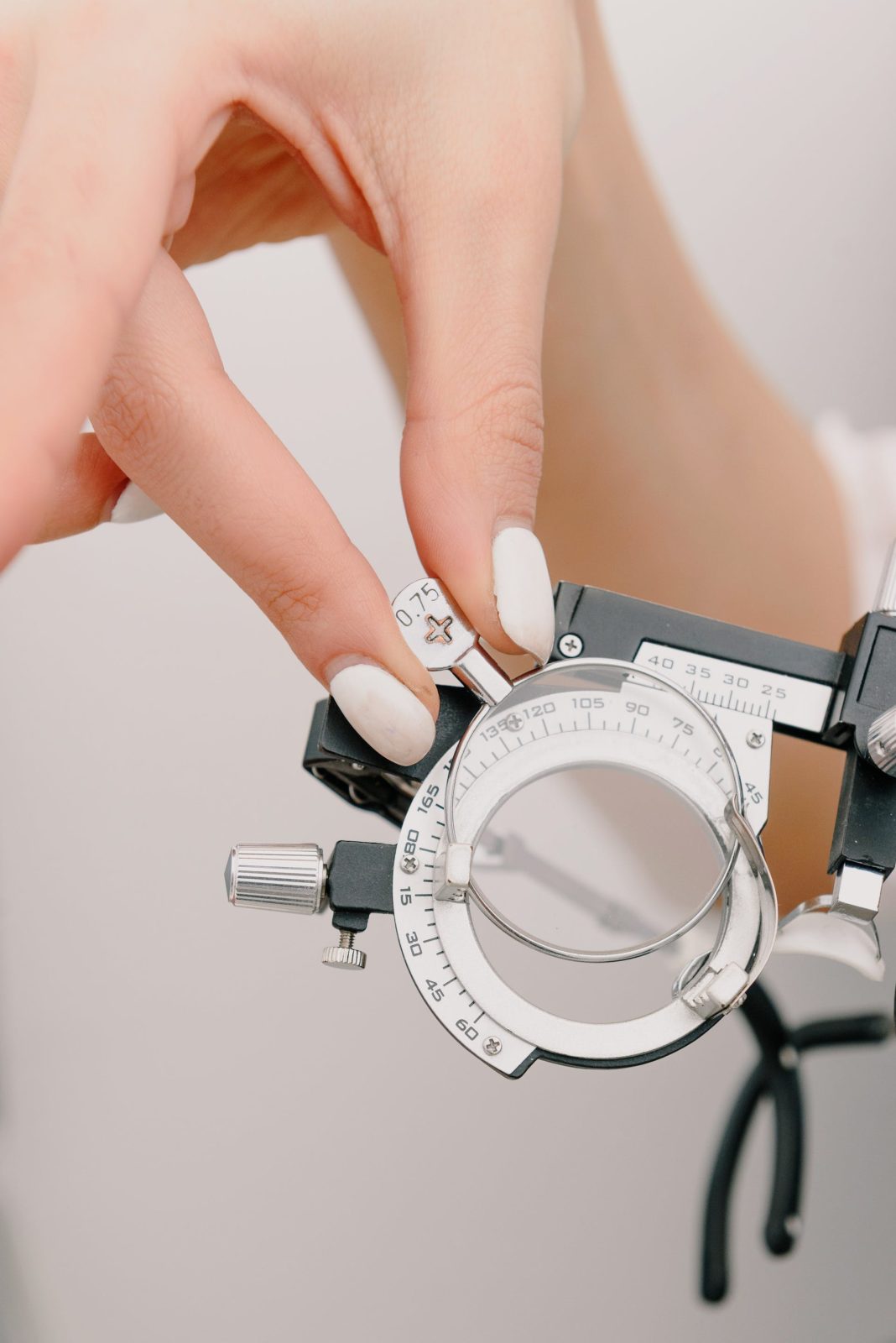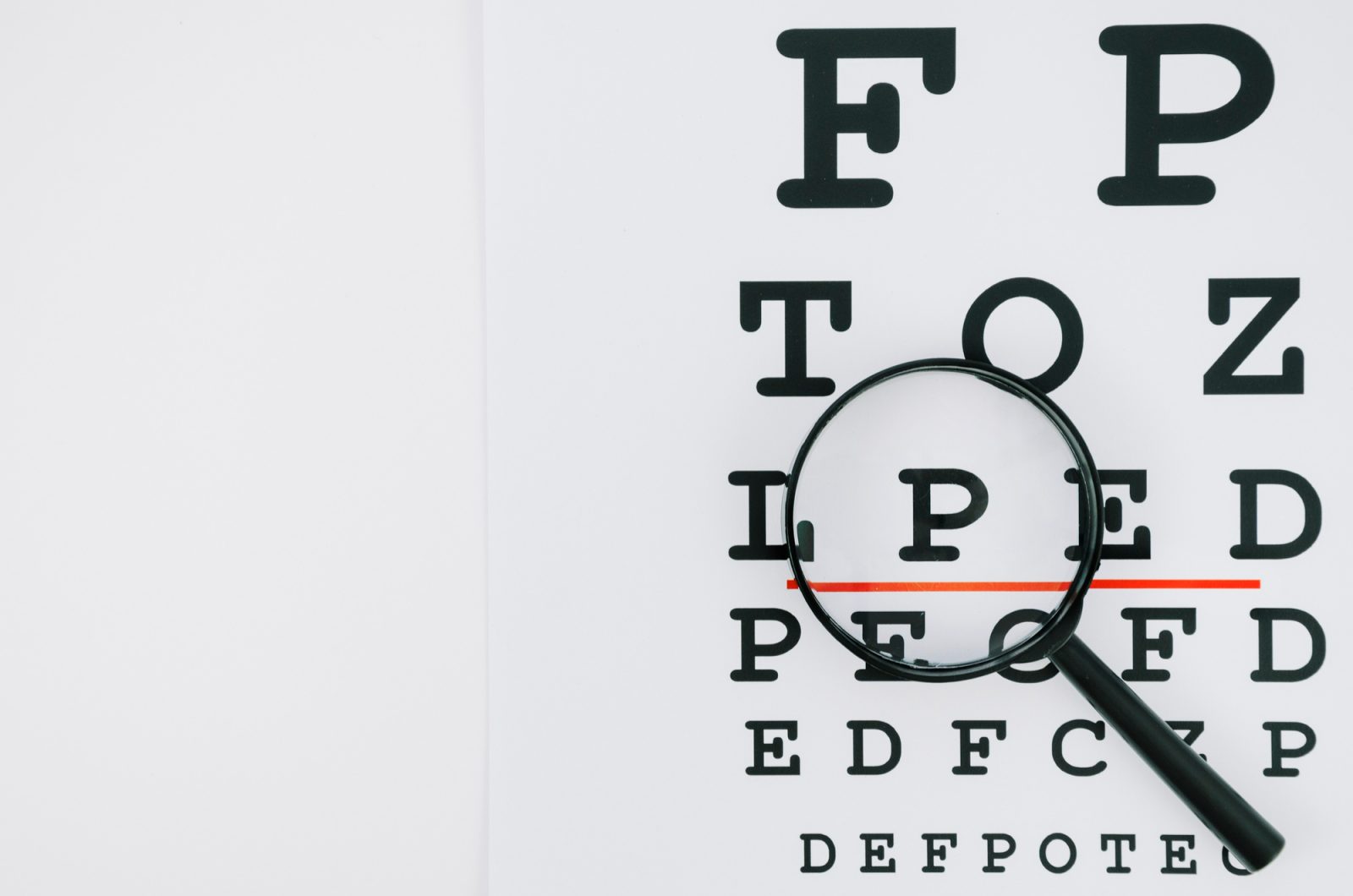Our eyes are amazing organs, constantly focusing light to create the world we see. The cornea and lens work together, like a team, to ensure light rays hit the retina precisely for sharp vision. But sometimes, vision problems like nearsightedness, farsightedness, astigmatism, and presbyopia can disrupt this clarity. That’s where eyeglasses come in, and understanding your prescription is key to choosing the right ones.
Decoding the Core Elements of Your Eyeglass Prescription
Your eyeglass prescription typically consists of a series of letters and numbers that represent specific aspects of your vision correction needs. Here’s a breakdown of the key components:
Sphere (SPH): This value indicates the amount of lens power required to correct nearsightedness (indicated by a minus sign) or farsightedness (indicated by a plus sign). A higher number signifies a stronger corrective power.
Cylinder (CYL): Astigmatism is an imperfection in the curvature of the cornea that causes blurred vision. The CYL value represents the lens power needed to correct for astigmatism. A zero value indicates no astigmatism, while a non-zero value specifies the amount of cylindrical correction.
Axis: If you have astigmatism, the axis value specifies the orientation of the cylindrical lens required to correct it. This value is denoted in degrees between 0 and 180.
Pupillary Distance (PD): This measurement, sometimes included on your prescription, represents the distance between the centers of your pupils. It’s crucial for ensuring your glasses are properly centered for optimal vision.
Understanding Additional Lens Markings
Beyond the core elements, your prescription might include additional abbreviations that specify lens features:
ADD (Near Vision Addition):
This value indicates the additional magnifying power incorporated into bifocal or progressive lenses to enhance near vision, typically required for people with presbyopia, an age-related condition that reduces near focusing ability.
OD (Right Eye) and OS (Left Eye):
These notations differentiate the lens prescription for your right eye (OD) from your left eye (OS).
Demystifying Diopters:
Vision issues are measured in units called diopters, which describe how much a lens bends light. Nearsightedness glasses use negative (-) diopters, while farsightedness requires positive (+) ones. The higher the number (in either direction), the stronger the correction needed.
Decoding Your Prescription:
Your eye doctor provides a three-part code:
- First Number: This identifies your nearsightedness/farsightedness (negative for nearsighted, positive for farsighted).
- Second Number: This measures your astigmatism (can be positive or negative).
- Third Number: This indicates the “axis” of your astigmatism, specifying its direction (e.g., 180 degrees for horizontal).
Example Breakdown:
A prescription like “-5.00 -1.50 x 180” means:
- You are moderately nearsighted (-5.00).
- You have moderate astigmatism (-1.50).
- Your astigmatism is horizontal (180 degrees).

Remember: This is just a simplified explanation. Consult your eye doctor for personalized guidance and accurate interpretations of your specific prescription. With clear understanding, you can choose the perfect eyeglasses for optimal vision!
Beyond the Prescription: Maintaining Healthy Vision
Regular eye exams are essential for monitoring your eye health and ensuring your prescription remains up-to-date. Here are some additional tips for maintaining healthy vision:
- Maintain a Balanced Diet: A diet rich in fruits, vegetables, and omega-3 fatty acids can contribute to overall eye health.
- Protect Your Eyes from UV Rays: Wear sunglasses that block UVA and UVB rays to shield your eyes from sun damage.
- Limit Screen Time: Excessive screen time can strain your eyes. Practice the 20-20-20 rule: every 20 minutes, look away from your screen for 20 seconds at an object 20 feet away.
- Don’t Smoke: Smoking is a significant risk factor for various eye diseases, including macular degeneration and cataracts.
Source:
How to Read an Eyeglasses Prescription. (2023b, April 18). American Academy of Ophthalmology. https://www.aao.org/eye-health/glasses-contacts/how-to-read-eyeglasses-prescription

